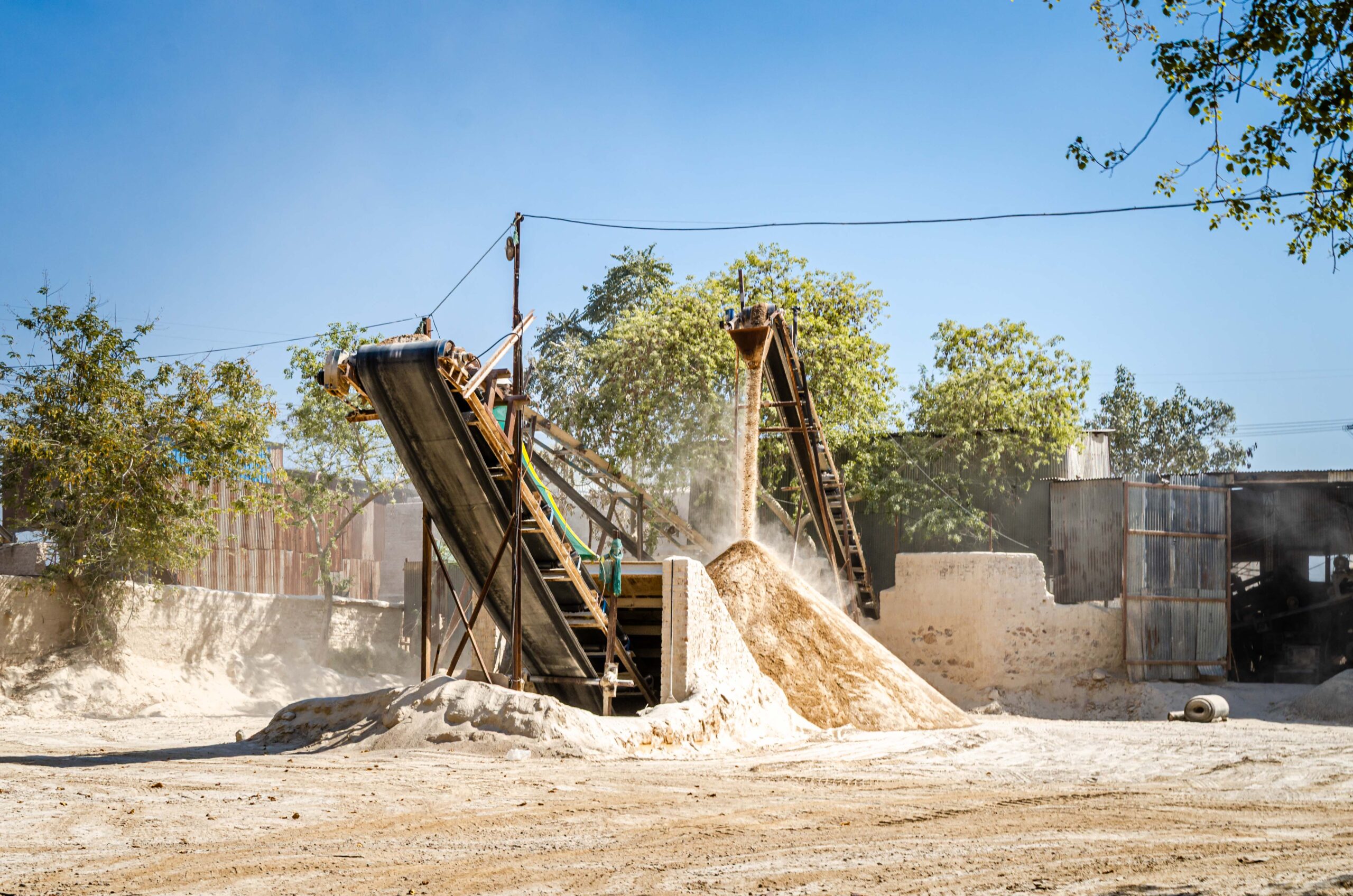Strengthening the Aravalli Green Wall through Ecological Restoration

The Aravalli range acts as a crucial natural barrier, or green wall, closely linked to biodiversity conservation efforts. With over 20 protected areas, including tiger reserves, wildlife sanctuaries, and other important ecological zones, the Aravalli range provides habitat for many species, including top predators such as tigers and leopards. These species flourish in the rolling hills and lush valleys that stretch about 700 km from Delhi to Gujarat. The Aravalli range also functions as a vital watershed in India, playing a key role in recharging various perennial rivers. It is especially notable for originating two rivers in Haryana, three rivers in Gujarat, and twelve rivers in Rajasthan. This range is fundamental for maintaining water resources in these regions.

Besides its ecological significance, the Aravalli range offers a variety of ecosystem services, including fuelwood, fodder, fruits, and commercial products. It supports one of India’s largest livestock populations, playing an essential role in the nation’s milk production. Additionally, the range benefits agriculture by providing resources for oilseeds, pulses, and cereals. The Aravalli serves as a green barrier, offering natural protection against desertification and sandstorms, thus safeguarding the Gangetic Plain—a vital agricultural and densely populated region of India.

The Aravalli range is under threat, facing increasing deforestation due to widespread mining, overgrazing, and human encroachment. Desertification is expanding as shifting desert sands move eastward, affecting both the environment and the communities living in these vibrant regions. The impacts of mining have been destructive, causing aquifers to decline, lakes to dry up, and greatly reducing the region’s ability to support its diverse flora and fauna. The fragile balance of nature has been disturbed, resulting in far-reaching consequences for the environment. Indeed, the Aravalli hills face mounting ecological threats, calling for our immediate attention and action.

Sankala Foundation has been working in partnership with the Haryana Forest Department, further demonstrating ecological restoration, recovery, and resilience in line with India’s commitment to the UNCCD (United Nations Convention to Combat Desertification). India has committed to restoring 26 million hectares of degraded land by 2030 and creating an additional carbon sink of 2.5 to 3 billion tonnes of CO2 equivalent by 2030 through ecological restoration. The Indian government has launched the ambitious Green Wall Project, a major initiative to ecologically restore a 1,400km long and 5km wide buffer area around the Aravalli Hill Range in four states, including Delhi, Haryana, Rajasthan and Gujarat. This project aims to increase the green cover and biodiversity of the Aravalli through afforestation, reforestation, and the restoration of water bodies, while also improving soil fertility, water availability, and climate resilience in the region.

Our work at Sankala Foundation aligns with India’s Green Wall Project and India’s commitment to the UNCCD. We have learned that ecological restoration of the Aravalli landscapes can provide significant benefits to the National Capital Region. The primary benefit would be addressing water scarcity in areas like Gurugram, where urbanisation has expanded greatly. The second major benefit would be improving air quality. A greener region will help reduce pollution, which impacts everyone’s health. We cannot avoid the air we breathe, and since everyone has to step outside and face this air, it makes sense to focus on enhancing air quality through the ecological restoration of the Aravalli landscapes. Furthermore, eco-restoration has the potential to invigorate local ecotourism, paving the way for new job opportunities and giving a significant boost to the local economy.
Author
-

Dr Pramod leads the team that conducts research and advocacy on sustainable livelihoods, wildlife management, biodiversity conservation, and socio-ecological systems. His work also focuses on strengthening the conservation agenda for seven big cat species (e.g., Cheetah, Jaguar, Leopard, Lion, Puma, Snow Leopard, and Tiger) across their 96 range countries. With a PhD from Clemson University, South Carolina, USA, Pramod applies his expertise in conservation social science theories, methods, and analyses to policy, governance, and sustainability research.
View all posts
With over a decade of experience, Pramod has explored various facets of environmental research, including community resilience, sustainable livelihoods, illegal wildlife trade, human-wildlife interactions, environmental impact assessment, conservation governance, political ecology, and natural resources management. Outside of work, he enjoys playing tennis and gardening in his free time.





